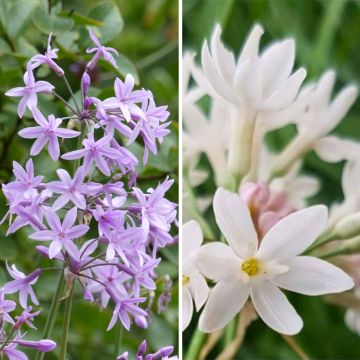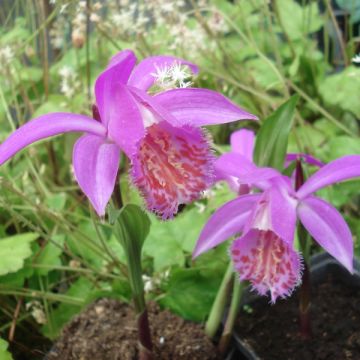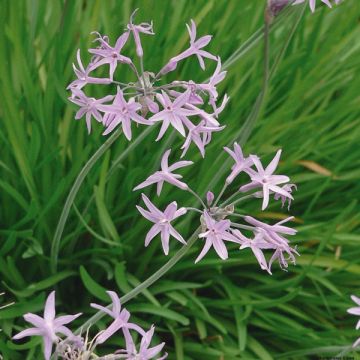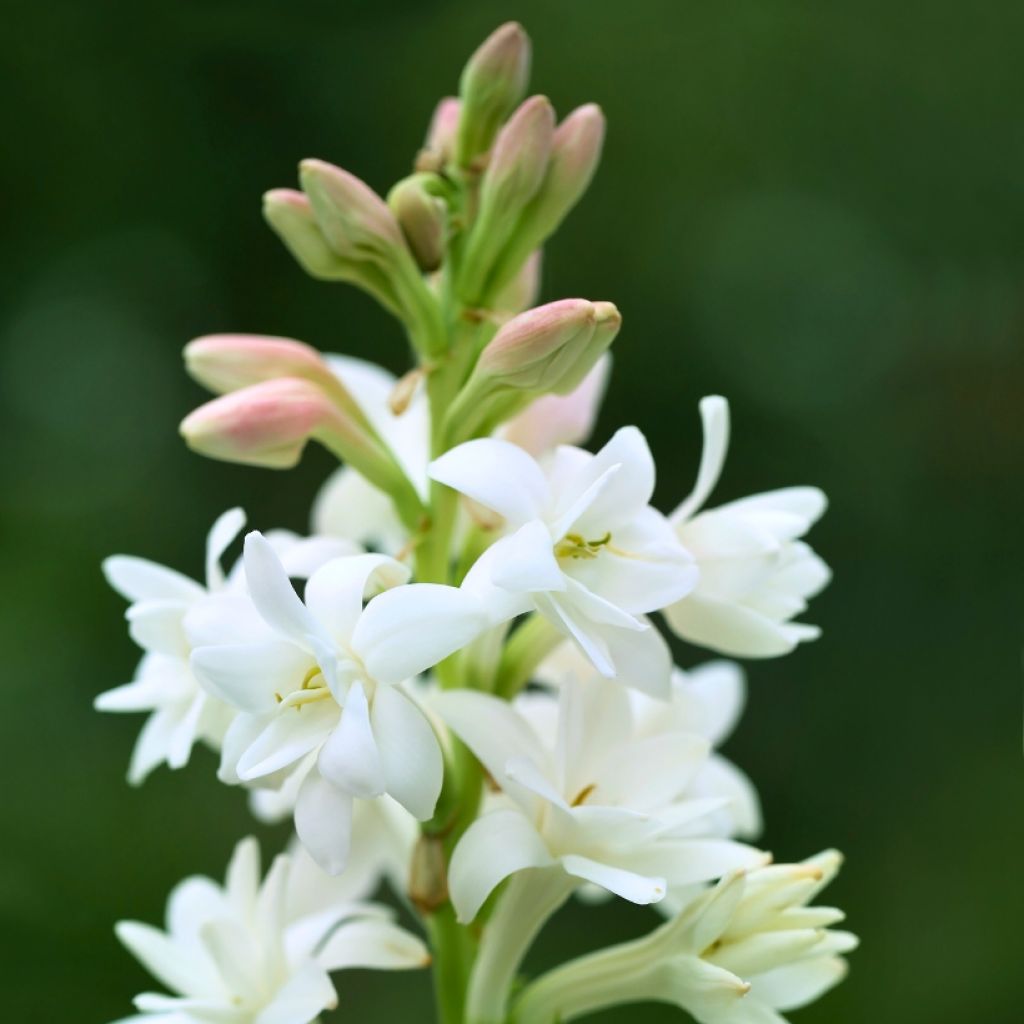

Polianthes tuberosa The Pearl


Polianthes tuberosa The Pearl
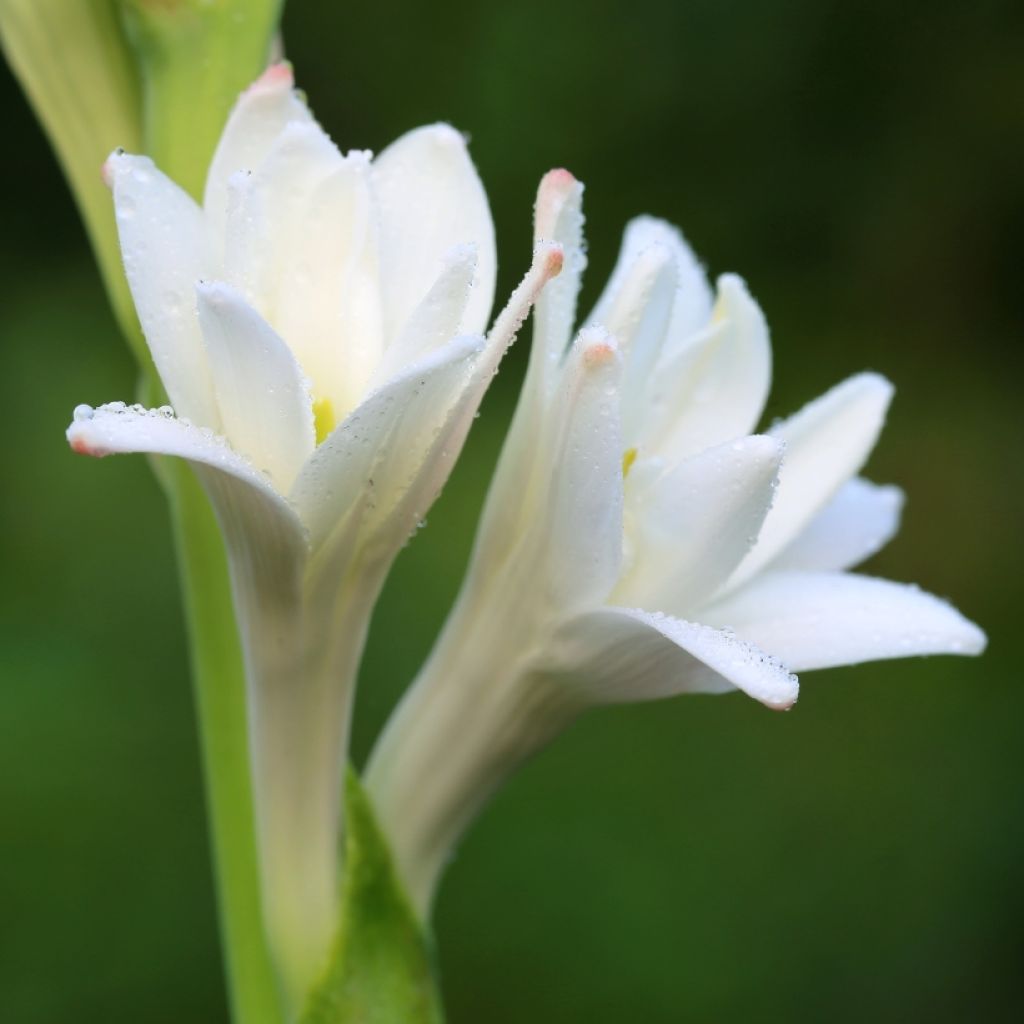

Polianthes tuberosa The Pearl
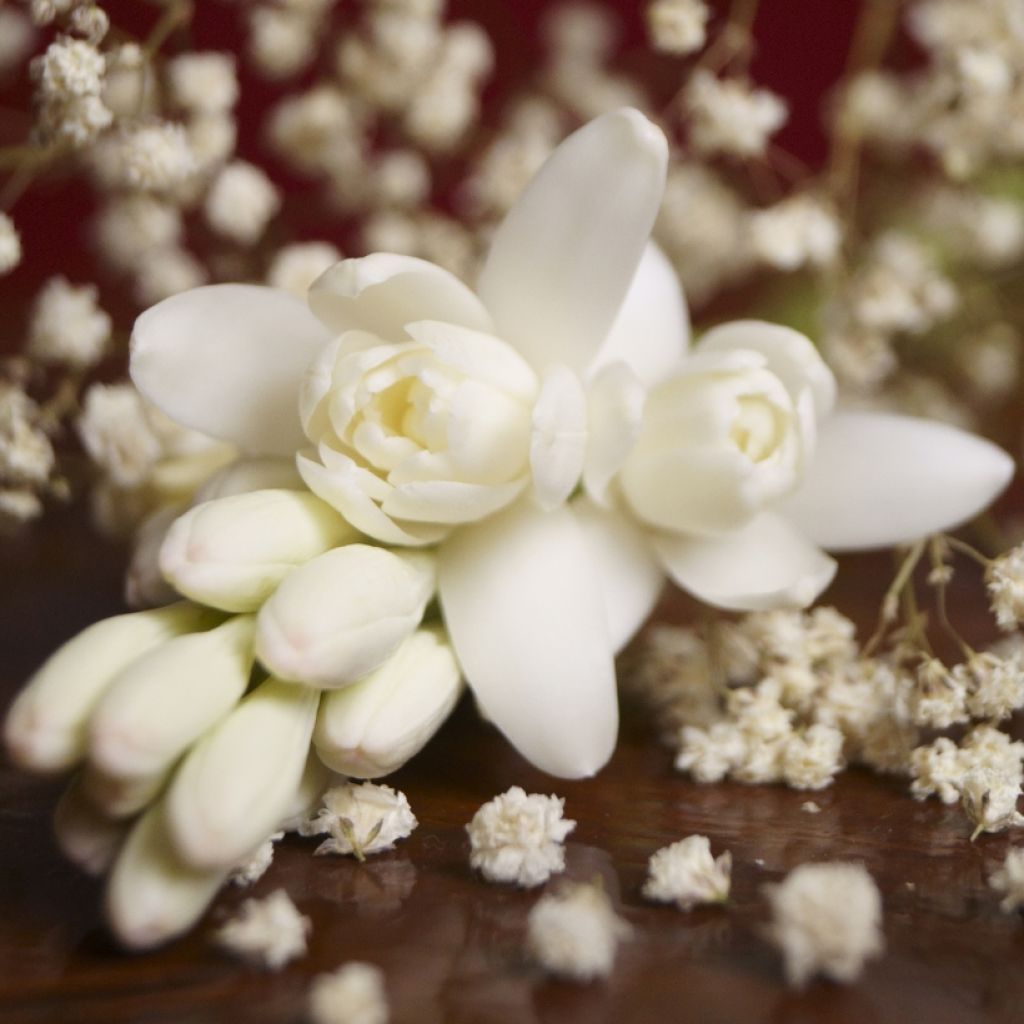

Polianthes tuberosa The Pearl
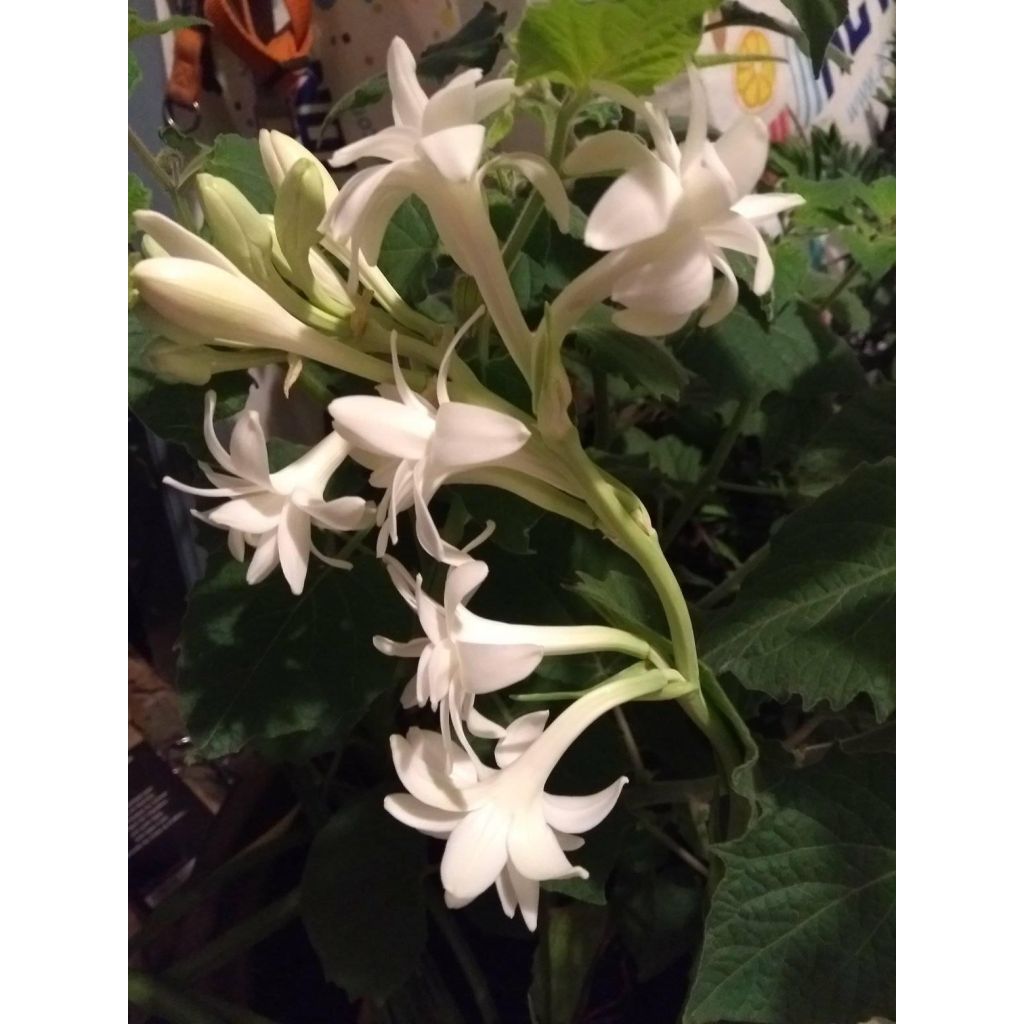

Polianthes tuberosa The Pearl
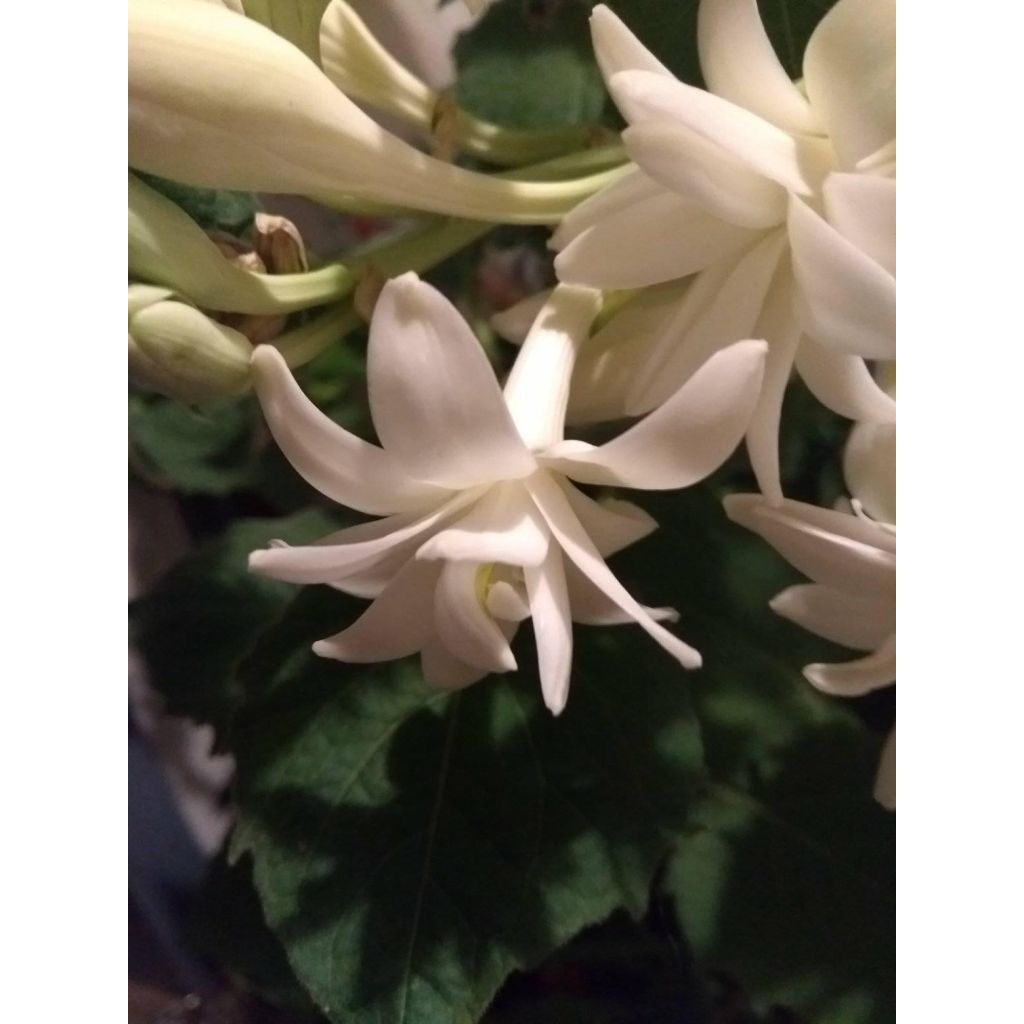

Polianthes tuberosa The Pearl
Polianthes tuberosa The Pearl
Polianthes tuberosa The Pearl
Tuberose
I notice that the quality at Promesse de Fleurs is declining, or perhaps the staff's choices are not very informed! I have already mentioned that these bulbs should not have been sent. Too ugly, too dry, lacking substance. After years of complete satisfaction, I am now questioning things following several small disappointments.
Denise, 23/11/2024
Special offer!
Receive a €20 voucher for any order over €90 (excluding delivery costs, credit notes, and plastic-free options)!
1- Add your favorite plants to your cart.
2- Once you have reached €90, confirm your order (you can even choose the delivery date!).
3- As soon as your order is shipped, you will receive an email containing your voucher code, valid for 3 months (90 days).
Your voucher is unique and can only be used once, for any order with a minimum value of €20, excluding delivery costs.
Can be combined with other current offers, non-divisible and non-refundable.
Home or relay delivery (depending on size and destination)
Schedule delivery date,
and select date in basket
This plant carries a 6 months recovery warranty
More information
We guarantee the quality of our plants for a full growing cycle, and will replace at our expense any plant that fails to recover under normal climatic and planting conditions.
Would this plant suit my garden?
Set up your Plantfit profile →
Description
Polianthes tuberosa 'The Peal' bears magnificent semi-double to double flowers. They are pink when in bud, opening to reveal a pearlescent white complexion and a particularly delicate and spicy fragrance. Its summer flowering is enchanting. Its requirements are simple and clear: it loves sunshine and heat. It should be grown in a pot to enjoy its beauty in summer, and brought indoors for winter protection.
Polianthes tuberosa is native to Mexico. They are tuberous perennials that prefer bright and warm environments, are sensitive to frost, and do not tolerate cold weather well. Few of us will be able to grow them in open ground and will have to dig them up to spend the winter in a dry place at a minimum of 10°C (50°F). Growing them in pots will facilitate their installation and allow them to be placed in the sun or in a conservatory. This way, their fragrance will be appreciated to its full value. It is mainly cultivated for the cosmetic and perfume industry. It is used in the composition of several well-known heady perfumes.
Its base consists of a rosette of lanceolate, long, and deciduous leaves. They resemble ribbons and can measure up to 50cm (20in) long and 1.5cm (1in) wide. A flower stem emerges from the centre. This stem can vary in size between 70cm (28in) and 1m (3ft). From July onwards (depending on the regions), it will bear a spike 15 to 20cm (6 to 8in) tall, composed of about ten flowers. These flowers gradually open from bottom to top and form several rows of waxy petals that curl backwards and form a beautiful star-shaped cup. Their powerful fragrance is present day and night, and lasts for some time if you cut the flowers and display them in a vase. The ivory-white blooms are naturally elegant and refined.
Polianthes tuberosa 'The Pearl' is a jewel to be carefully preserved in a conservatory. The luckiest gardeners will be able to grow it in open ground in a small bed or rockery near a patio to enjoy its exceptional beauty and fragrance.
Report an error about the product description
Polianthes tuberosa The Pearl in pictures


Plant habit
Flowering
Foliage
Botanical data
Polianthes
tuberosa
The Pearl
Amaryllidaceae
Tuberose
Cultivar or hybrid
Other Polianthes - Tuberose
View all →Planting and care
In regions with a warm climate, it can be planted in early spring, when the soil has warmed up (10 to 15°C (50 to 59°F)). Choose a very sunny exposure as they need warmth to flower. The soil must be well-drained. Place them 10cm (4in) deep, spaced 10 to 30cm (4 to 12in) apart. Remove the clumps before the first frost and store the tubers in sand, protected from frost and kept at a temperature above 10°C (50°F). You may find bulblets at the periphery of the main bulb. Gently remove them and put them in pots for the following season. However, they will not flower in the first year.
Pot cultivation is recommended in most of our regions. To achieve earlier flowering, bulbs can be grown in pots and taken outside in April (if temperatures reach around 15°C (59°F) during the day). Tuberose can be planted in large pots with a diameter of 25 to 30cm (10 to 12in) for 1 bulb, or 3 bulbs per 40 to 50cm (16 to 20in) pot. The pots should be brought indoors in winter until the following April.
Planting period
Intended location
Care
-
, onOrder confirmed
Reply from on Promesse de fleurs
Similar products
Haven't found what you were looking for?
Hardiness is the lowest winter temperature a plant can endure without suffering serious damage or even dying. However, hardiness is affected by location (a sheltered area, such as a patio), protection (winter cover) and soil type (hardiness is improved by well-drained soil).

Photo Sharing Terms & Conditions
In order to encourage gardeners to interact and share their experiences, Promesse de fleurs offers various media enabling content to be uploaded onto its Site - in particular via the ‘Photo sharing’ module.
The User agrees to refrain from:
- Posting any content that is illegal, prejudicial, insulting, racist, inciteful to hatred, revisionist, contrary to public decency, that infringes on privacy or on the privacy rights of third parties, in particular the publicity rights of persons and goods, intellectual property rights, or the right to privacy.
- Submitting content on behalf of a third party;
- Impersonate the identity of a third party and/or publish any personal information about a third party;
In general, the User undertakes to refrain from any unethical behaviour.
All Content (in particular text, comments, files, images, photos, videos, creative works, etc.), which may be subject to property or intellectual property rights, image or other private rights, shall remain the property of the User, subject to the limited rights granted by the terms of the licence granted by Promesse de fleurs as stated below. Users are at liberty to publish or not to publish such Content on the Site, notably via the ‘Photo Sharing’ facility, and accept that this Content shall be made public and freely accessible, notably on the Internet.
Users further acknowledge, undertake to have ,and guarantee that they hold all necessary rights and permissions to publish such material on the Site, in particular with regard to the legislation in force pertaining to any privacy, property, intellectual property, image, or contractual rights, or rights of any other nature. By publishing such Content on the Site, Users acknowledge accepting full liability as publishers of the Content within the meaning of the law, and grant Promesse de fleurs, free of charge, an inclusive, worldwide licence for the said Content for the entire duration of its publication, including all reproduction, representation, up/downloading, displaying, performing, transmission, and storage rights.
Users also grant permission for their name to be linked to the Content and accept that this link may not always be made available.
By engaging in posting material, Users consent to their Content becoming automatically accessible on the Internet, in particular on other sites and/or blogs and/or web pages of the Promesse de fleurs site, including in particular social pages and the Promesse de fleurs catalogue.
Users may secure the removal of entrusted content free of charge by issuing a simple request via our contact form.
The flowering period indicated on our website applies to countries and regions located in USDA zone 8 (France, the United Kingdom, Ireland, the Netherlands, etc.)
It will vary according to where you live:
- In zones 9 to 10 (Italy, Spain, Greece, etc.), flowering will occur about 2 to 4 weeks earlier.
- In zones 6 to 7 (Germany, Poland, Slovenia, and lower mountainous regions), flowering will be delayed by 2 to 3 weeks.
- In zone 5 (Central Europe, Scandinavia), blooming will be delayed by 3 to 5 weeks.
In temperate climates, pruning of spring-flowering shrubs (forsythia, spireas, etc.) should be done just after flowering.
Pruning of summer-flowering shrubs (Indian Lilac, Perovskia, etc.) can be done in winter or spring.
In cold regions as well as with frost-sensitive plants, avoid pruning too early when severe frosts may still occur.
The planting period indicated on our website applies to countries and regions located in USDA zone 8 (France, United Kingdom, Ireland, Netherlands).
It will vary according to where you live:
- In Mediterranean zones (Marseille, Madrid, Milan, etc.), autumn and winter are the best planting periods.
- In continental zones (Strasbourg, Munich, Vienna, etc.), delay planting by 2 to 3 weeks in spring and bring it forward by 2 to 4 weeks in autumn.
- In mountainous regions (the Alps, Pyrenees, Carpathians, etc.), it is best to plant in late spring (May-June) or late summer (August-September).
The harvesting period indicated on our website applies to countries and regions in USDA zone 8 (France, England, Ireland, the Netherlands).
In colder areas (Scandinavia, Poland, Austria...) fruit and vegetable harvests are likely to be delayed by 3-4 weeks.
In warmer areas (Italy, Spain, Greece, etc.), harvesting will probably take place earlier, depending on weather conditions.
The sowing periods indicated on our website apply to countries and regions within USDA Zone 8 (France, UK, Ireland, Netherlands).
In colder areas (Scandinavia, Poland, Austria...), delay any outdoor sowing by 3-4 weeks, or sow under glass.
In warmer climes (Italy, Spain, Greece, etc.), bring outdoor sowing forward by a few weeks.






























